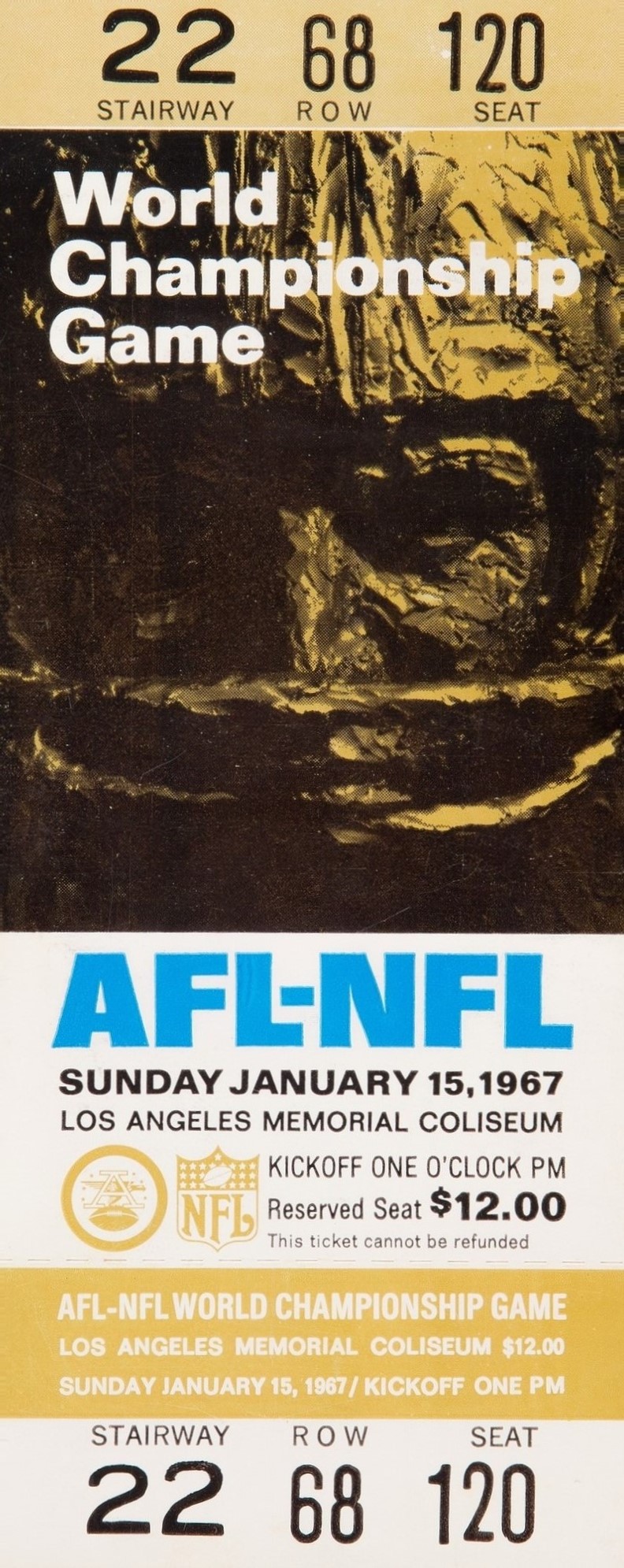
By Jim O’Neal
In 1967, the cost to air a 30-second commercial in the first Super Bowl was about $40,000. Nearly two weeks ago in Super Bowl LI, the cost had increased to $5 million and fans were eager to see the latest creative efforts of Corporate America to hawk their products on TV. Ads are everywhere we look. They pop up on our computers and iPads and are common on race cars, golf apparel and sports stadiums. The Nike swoosh is instantly recognized.
It was not always this way, at least on radio.
During the early days, many radio stations had a practice of observing a weekly “silent night” when they would go off the air. However, the trend was definitely in the opposite direction as listeners were seeking more programming than the stations could produce. This led to hybrid programs combining content with advertising. Early high-profile examples included The Maxwell House Hour (the No. 1 coffee in the U.S.), General Motors Family Party, and The Ipana Troubadours from Bristol Myers toothpaste.
But the issue of regulation hovered over radio like a dark cloud. Some argued for total government control as was the practice in Britain. An even more vigorous debate erupted over commercial advertising. Secretary of Commerce Herbert Hoover asserted it would kill radio. After all, how many listeners would stay by their radios to learn about the advantages of one soap over another? (Quite a few, it turned out.) He argued for the industry to adopt self-policing policies to curtail advertising excesses.
However, broadcasters were salivating over the new revenues and wanted even more. Finally, in 1926, an NBC variety show was interrupted for a special promotional announcement from Dodge cars and it encountered little audience objections. From this point forward, commercial breaks during regular programs were the norm.
Advertising became an integral part of radio broadcasting and never hesitated again.
Some early sponsors did worry about being too aggressive and carefully chose tasteful, discreet language … “Swift & Co has a few practical hints on how to lower your meat bills.” That quickly changed once they discovered consumer-crazy citizens of the 1920s were eager to embrace radio advertising. Far from being insulted, people desperately wanted to hear the messages. They wanted to stay hip, keep up with the latest technologies and the most modern forms of behavior.
A hundred years later, I have a smart phone with more computing power than an Apollo mission, that can hold all my music and trace my ancestry. But after spending most of my life chasing larger screen TVs, I do object to watching my programs on my watch!
Must be a generational thing. Times change.
 Intelligent Collector blogger JIM O’NEAL is an avid collector and history buff. He is president and CEO of Frito-Lay International [retired] and earlier served as chairman and CEO of PepsiCo Restaurants International [KFC Pizza Hut and Taco Bell].
Intelligent Collector blogger JIM O’NEAL is an avid collector and history buff. He is president and CEO of Frito-Lay International [retired] and earlier served as chairman and CEO of PepsiCo Restaurants International [KFC Pizza Hut and Taco Bell].
